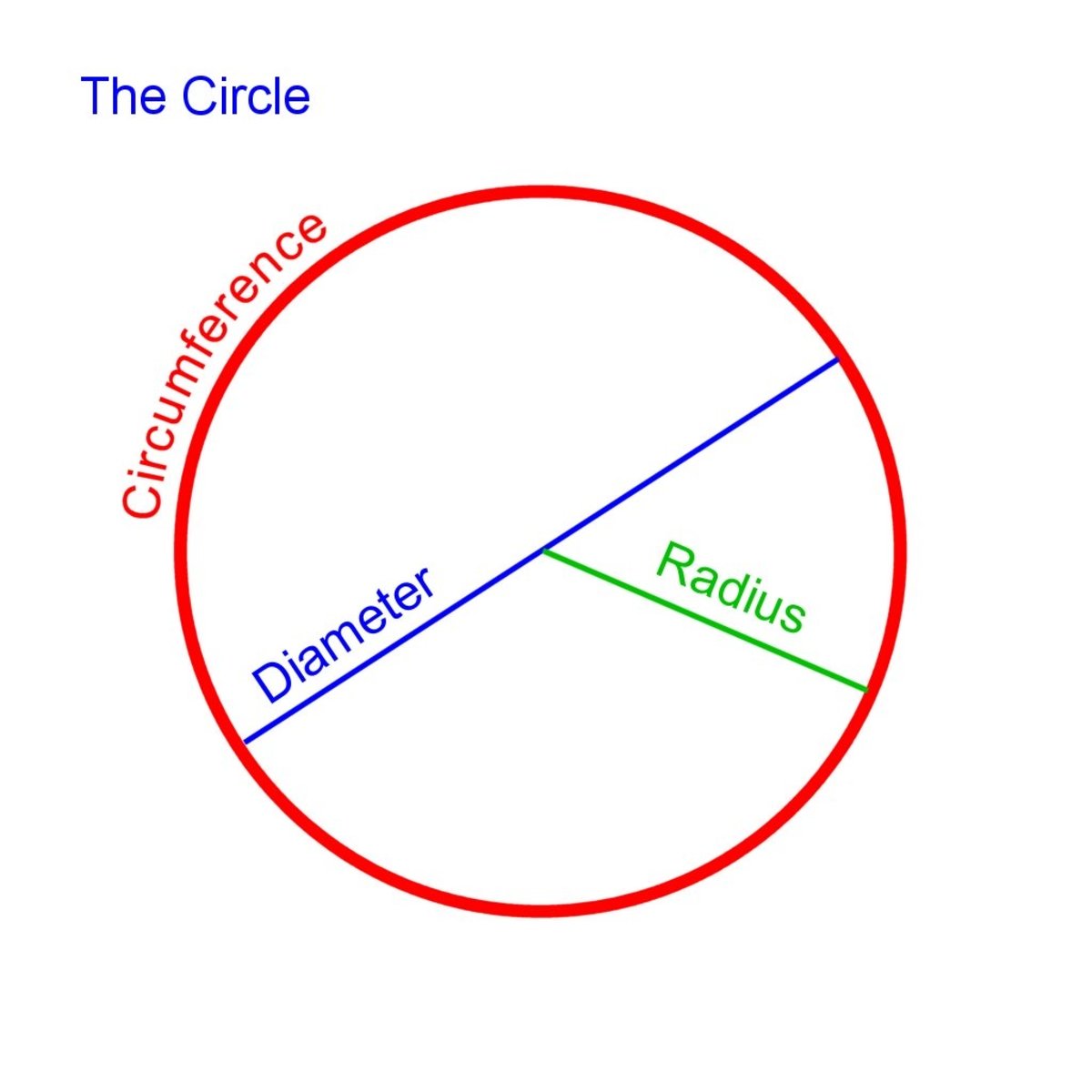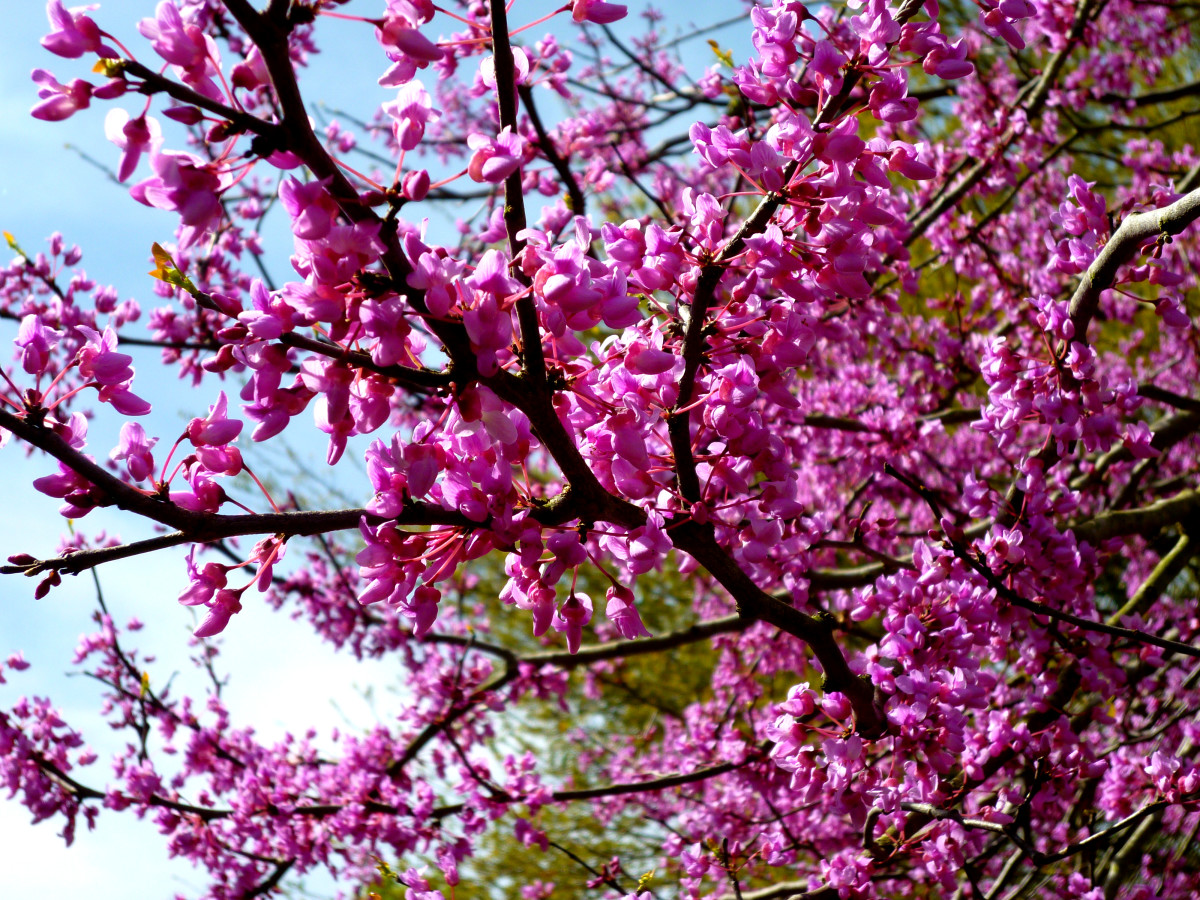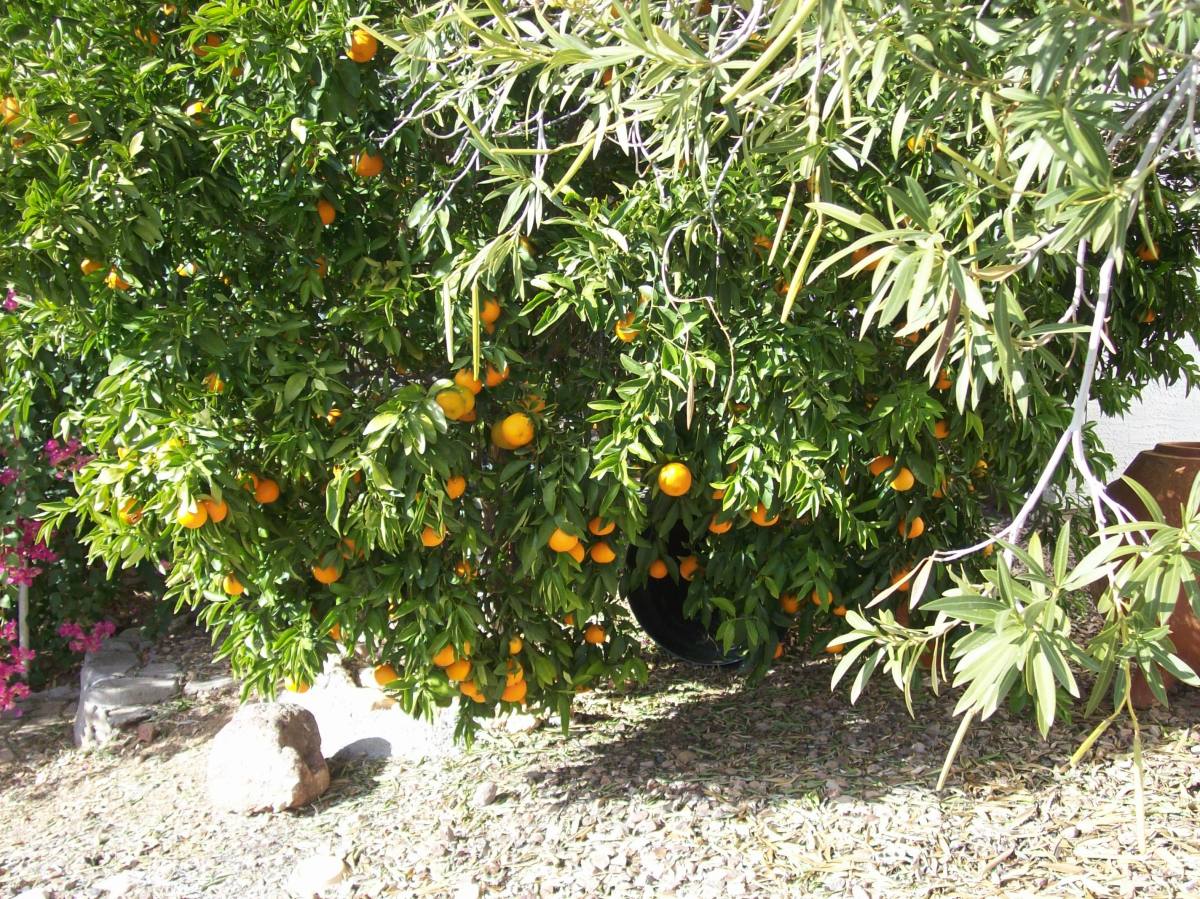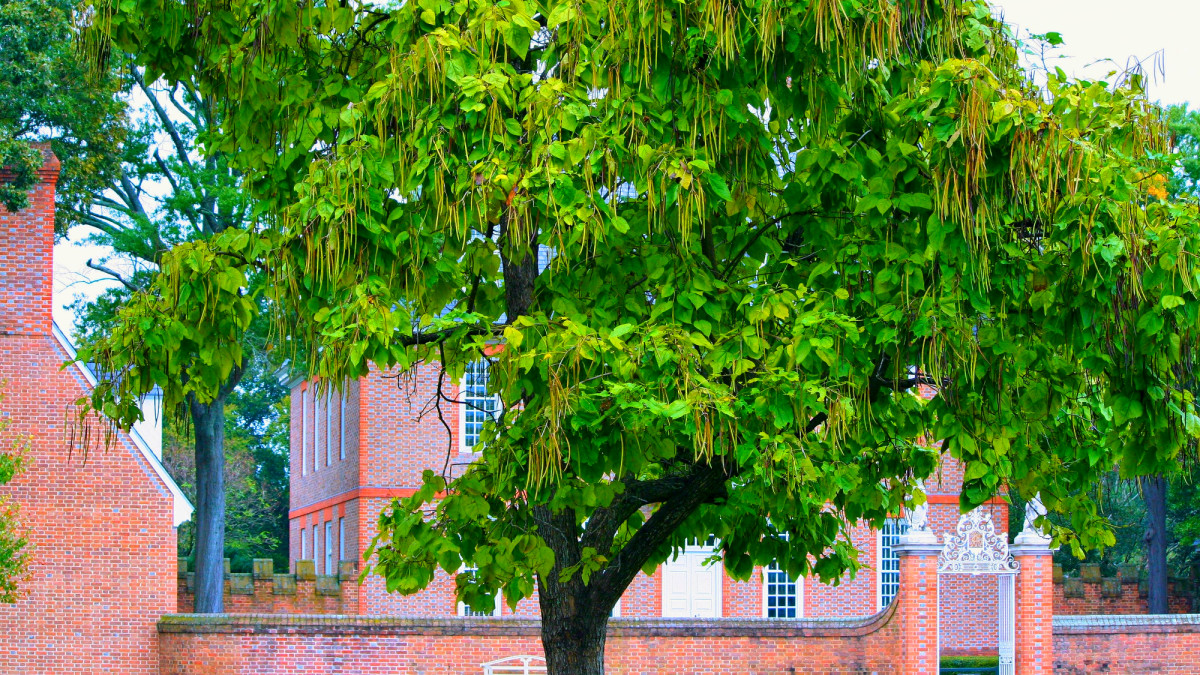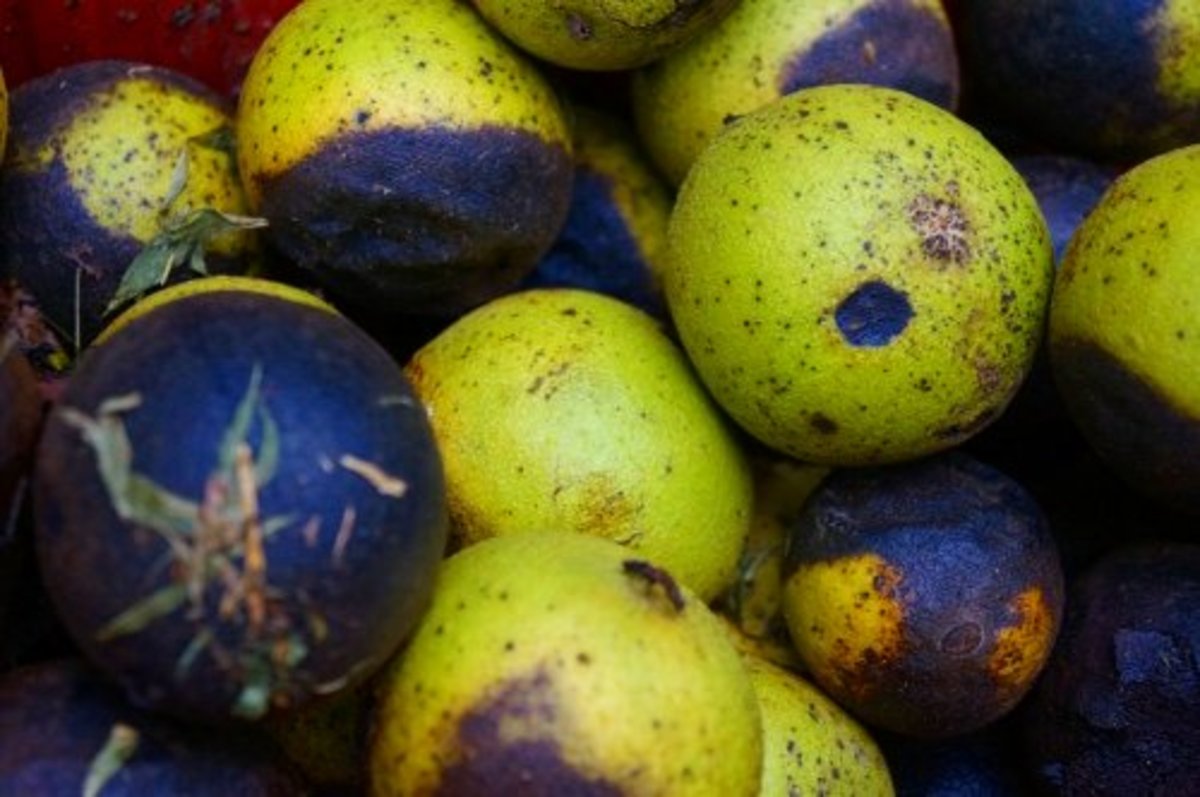Tree Surgery
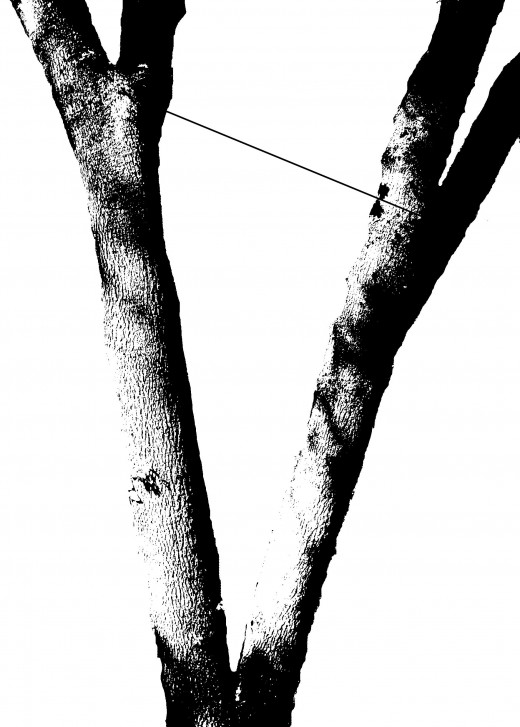
Tree cable Support
Cabling
Realize that over 90% of all trees which will die or fall over prematurely CAN BE SAVED!
This Page will instruct you how to cable a tree correctly.
I
Tree Cabling-Why Cable A Tree?
Trees mostly should be left alone, even a dying tree has its place in the ecosystem of nature. Saving a dying tree could result in unwanted repercussions. When Tree Management does large acreage projects we intentionally leave some dead snags so your healthy trees are not attacked.Due to human occupation and infringement many surgical procedures are in practice to make trees safer and healthier to allow human co-habitation.
Cabling is one of these such procedures which should only be done in exceptional cases. The arborist who performs this procedure is putting himself/herself in a position of grave responsibility. A failing cable system resulting in someone's death can always be successfully argued that this is the arborist fault. Do take great care where ever you decide to cable a tree for human safety.
Consider; that when cabling a tree, you are going against nature, you are breaking the first cardinal rule. Cabling should be helpful to the tree, but not fail proof.Do not rely on cabling alone as a safety procedure. Combine cabling with canopy weight reduction and crotch rift reinforcement.
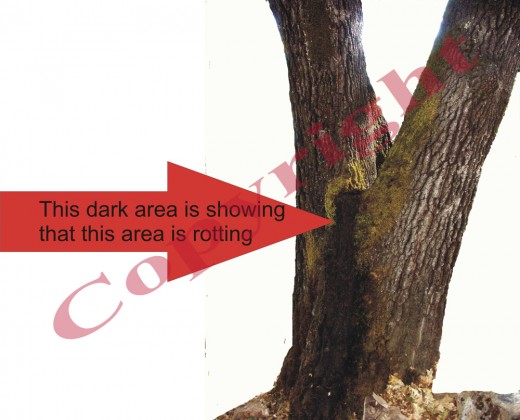
What time of the year should cabling be done?
Cabling should be done when the tree is the heaviest with sap and foliage so you can estimate the proper amount of tension.
The only way to guarantee human safety around a tree is to completely get rid of the tree.
Tree Cabling-Where To Attach the Cables
Always cable from crotch to crotch.
Never cable to another tree. Always cable on the angle (45 degrees is
best). Never cable at 90 degrees. When you cable at 90 degrees this will
cause the tree to shock load on the cable in moderate to high winds and
doesn't allow for equal movement of the branches throughout the canopy,
attaching one singular span at 90 degrees will cause more harm than
good, in All cases,period. One span at 45 degrees attached from crotch
to crotch is OK as long as the CORRECT AMOUNT OF TENSION is applied on the cable
This area that we bolted to is in the area which is prone to rift (separation) One could justifiably argue that this would weaken the tree and that one should enter from the side. Yes this is the practical solution. However, if this bolt was set to the right and lower then we would have a problem.
This bolt is set correctly above the rifted area, and close enough to the compartmentalized region of the collar to callous and heal. This bolt is set in an active living area deep inside of the crotch. Over time the penetration and the added hardware will cause the crotch to become stronger. There are serious concerns about going in from the side of the crotch for cabling, but in some applications going in from the side (90 degrees from location of rod in picture) is necessary and acceptable.
Not only is the crotch area of the tree the strongest. Within the crotch area there is a bark ridge area and branch collar area that when you drill your hole and attach your hardware here in this collar ridge area the tree will release healing hormones to fight decay.
.
Tree Cabling-Applying the Right Amount of Tension
To apply the correct amount of tension, on the cable, first pull the branches together with a come-a-long. In this step of the procedure you should determine the amount of tension that you will apply to the leads of the branches, consider that you will want the branches to move independently and together, they should not be bound by too much tension. In the come-a-long stage you will over tighten a little ...Every branch is different. I know of know formula, the correct amount of tension is critical. Too much is dangerous and will cause more harm than good...Too little same problem; more harm than good. The cable should be taught yet still allow the branches to move independently.
There are some new types of cabling systems on the market...which utilize a bungie type of spandex material...I do not like these systems for several reasons...which I will go into detail later...
email me with comments or questions about this page.
cerey_runyon@yahoo.com


